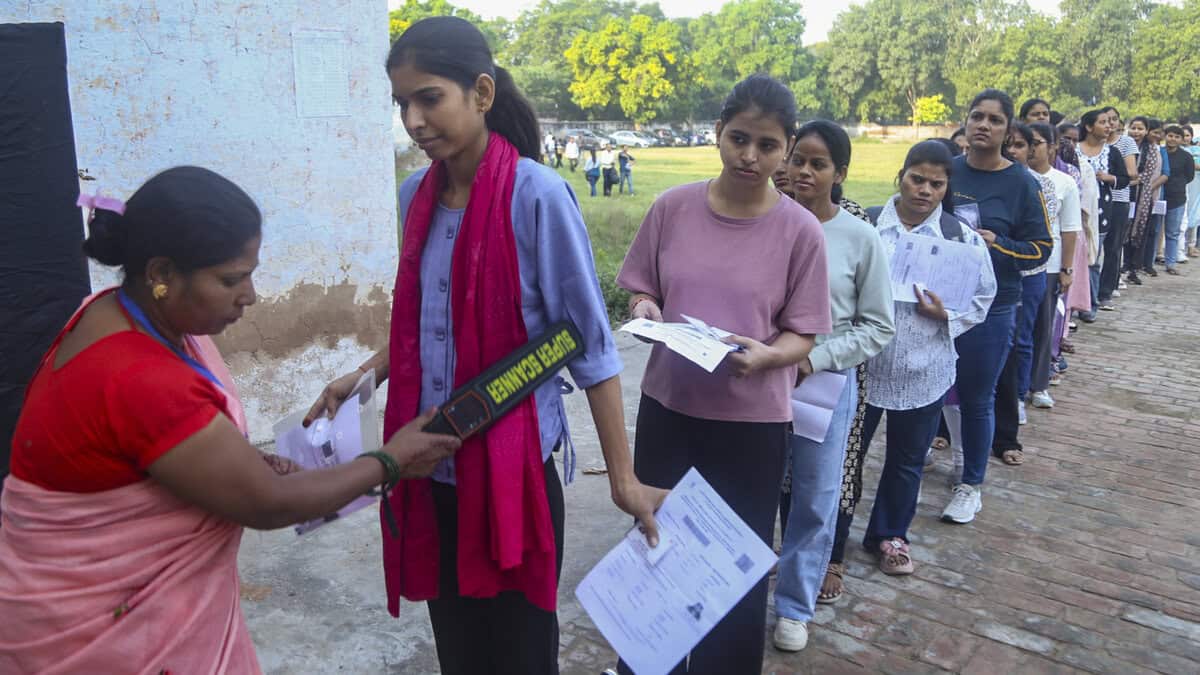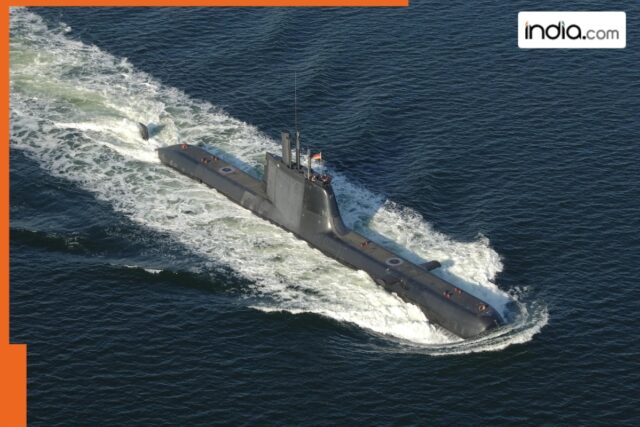It will be a joint venture between TkMS and MDL.
New Delhi: It wasn’t until the Indian Air Force (IAF) conducted surgical strikes in Balakot, Pakistan in 2019 that Indian Navy realised the necessity of better, improved, and more efficient submarines as the fallout was felt in the territorial waters as well.
Pakistan looked around to purchase the naval vessels and submarines and stopped at Germany which had successfully operationalized a fuel cell Air-Independent Propulsion (AIP) system.
Pakistan Navy had one compared to the Indian Navy which did not have any.
Conventional diesel-electric submarines (SSK) powered by AIP are midway between nuclear-powered and non-AIP SSKs providing SSKs the capability to remain submerged for up to 14 days without surfacing and evading detection. Hence, they are much better than other submarines that can remain underwater for about two days. Also, AIP submarine generates its hydrogen requirement on board.
In August 2020, when Angela Merkel was the German Chancellor, the German Federal Security Council turned down Pakistan’s request for AIP technology. Pakistan wanted to integrate German AIP technology to upgrade its inventory of submarines and the Hangor Class submarines.
Repeated delays by Germany allowed the Indian Navy to ramp up and go beyond Pakistan Navy’s AIP-equipped submarines as in 2019, Pakistan had only one AIP submarine. Currently it is reported to have three AIP submarines which might increase to 11.
Now, the Indian Navy has closed in on ThyssenKrupp AG, the German industrial engineering and steel production multinational conglomerate to produce six AIP submarines.
As was expected, Germany agreed unlike its case with Pakistan, given the latter’s dubious reputation, especially as a sponsor of terrorism.
The sources in the Indian Defence Ministry suggest that it will be a joint venture between German ThyssenKrupp (TkMS) and Indian Mazagon Dockyard Ltd (MDL) to manufacture six AIP-equipped submarines in India.
The joint venture between TkMS and MDL is estimated to cost about $8 billion. This will be a big project involving Germany and India after the Cold War.
















































